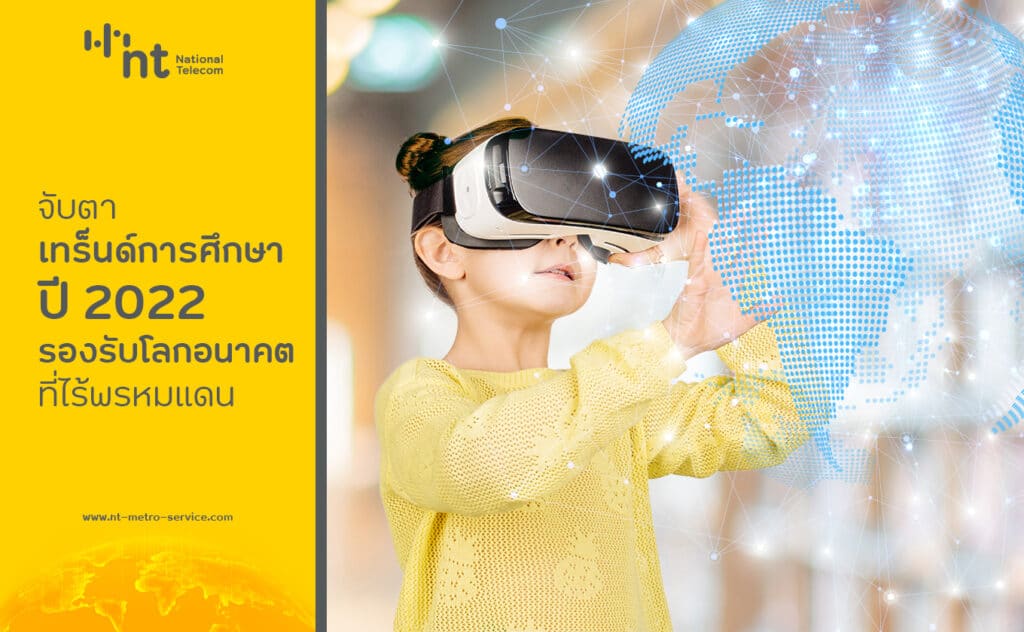What is E-learning and why is it compulsory for education?
As we enter the digital age, not only is technology utilized in our everyday life, but it could also be applied to education. It could transform the traditional way of learning into a more exciting activity. By using devices with internet connection, students could also access learning with ease.
What is E-Learning?
E-Learning refers to the acquisition of knowledge through an electronic device or online media channels. It eliminates the limitations of traditional learning where a physical learning environment is required, and could also save time. For teachers, it presents more ways to convey their materials. Whereas for students they can now pick and choose topics in which they want to get educated on.
Examples of E-learning include:
- Computer assisted instruction
- Learning through websites
- Online learning
- Learning through the use of satellites
Benefits of E-Learning
Online learning through the method of E-learning is vastly different from traditional learning that takes place in the classroom. For traditional learning, students are confined by a fixed timetable. Occasionally, any external circumstances could cause students to miss out on learning all materials. As a result, E-Learning presents a solution to those problems and brings numerous benefits such as

Freedom to organize their own timetable
As materials are now online, students can access them at any place and time. This enables students to craft their own learning schedule that is suited to their own convenience.
Better learning experience
Currently, E-learning has expanded to many different forms. This has resulted in education institutions leveraging it to support teaching. Not only does it help increase learner retention, but it has also led to enhance students’ understanding. Incorporating video, graphic content and gamification into learning materials have led to more interaction and engagement. Thus, resulting in a more enjoyable learning experience for students.
Personalization of learning method
Online learning materials can be clearly organized into chapters. This allows students the ability to refer back to a chapter when they have not completely understood the material, or to skip to another chapter when they already have knowledge on that particular topic.
Various forms of communication between students and teachers
With the advancement of technology, education has become more convenient in providing teachers with various channels to flexibly communicate and interact with students. Moreover, ‘two way communication’ has enabled both parties to interact with one another real-time, eliminating the need for a physical learning environment .
Saves time needed for traveling
Prior to the COVID-19 pandemic, students must commute to the classroom, resulting in some having to spend excessive amounts of time or money on travel. At present, online learning can take place anywhere, providing far more convenience for students whilst also lowering the additional costs spent on their commute.
Learning materials can always be updated
E-learning materials constructed by teachers can always be modified and updated to match current requirements. Moreover, teachers are also able to access student feedback statistics, further leveraging them to improve their learning materials and teaching.
How is E-learning important for education?
E-learning is the process of transforming learning materials into a digital format, which will then be uploaded online onto websites or any other platform for students to access. Learning via digital platforms helps to eliminate existing limitations in traditional learning, where students can now self-study rather than solely relying on what is taught in the classroom.
Examples of E-learning used in education
As online learning makes education easily accessible through the use of internet connection, let’s take a look at some examples of E-learning being utilized in a way benefits the learner:
1. Educating experienced professionals
For experienced professionals, finding time to study is not easy particularly with older age or more demanding positions. Therefore, many educational institutions have adopted E-learning to assist them in finding a convenient time to study in their busy schedules.

2. Acquiring knowledge to apply to organizations
Most organizations have adopted E-learning to expand employees’ knowledge, with the purpose of improving both their work and the organization’s capabilities. Meanwhile, it also reduces the resources required for training employees. Upon completion, employees could apply the skills they have learnt to their work, also opening up more opportunities for them to switch to different roles.
3. Online learning provided by educational institutions
Many educational institutions now upload their learning materials online, so that those interested have the freedom to sign up to study. This opens up opportunities for individuals that are not students of that particular educational institution to limitlessly learn from them.
VR makes E-learning less boring
E-learning has already become a norm for everyone. Some institutions have leveraged the use of video and graphic content in their E-learning material to increase retention and interaction from students. However with time, these forms of learning may longer be captivating enough. Thus, increasing the need for newer technologies such as VR to further drive engagement by depicting the experience of being in a real physical classroom where students can even interact with teachers. VR can been adapted to many fields of studies such as:

- Medical sciences: In addition to theoretical knowledge, students must undergo practical exams such as real surgeries and patient diagnosis. However, with the current pandemic, there are external limitations to practical training. VR could help assist learning through simulated situations reducing the need to commute .
- Science: It is undeniable that science comes with experiments, identification of hypotheses and conclusive evidence. VR can be used to help simulate the experience of carrying out experiments, helping to improve the effectiveness of students’ analytical and logical thinking.
All the above are the advantages to E-learning and its adoption in education, which proves to be very important in shaping the future of education. It provides a win-win situation for both students and teachers, not only for those in educational institutions but also for working professionals. Furthermore, E-learning or online learning has the tendency to gain more popularity in the future and is likely to be developed to become more effective for learning.
Future direction for online learning
Many are probably aware that online learning and E-learning has recently shown widespread usage. It helps people access learning materials with ease, so it is projected that the popularity of online learning will continue to grow. However, growth often comes with challenges from global changes in behavior. Moreover, there are also countless new technologies being introduced, so it could be said that technologies such as AI could also be used in parallel with traditional learning to increase engagement. International syllabuses are also readily available for everyone including students and experienced professionals looking to reskill or upskill in order to adapt to the future.
Additionally, reliable and widespread internet connectivity is at the heart of building a sustainable and modern online learning system. NT helps elevate online learning by allowing students to access online materials anywhere at any time. Teachers have more flexibility when it comes to preparing their learning materials with no limitations to time or physical location, as well as being able to effectively design courses in accordance with the digital age. If you are interested in knowing more about solutions from NT, click here for more details.
Reference
https://www.lingoace.com/th/pros-and-cons-for-online-learning/
https://www.aksorn.com/learningviaonline https://www.thaibusinesssearch.com/studying/e-learning/



